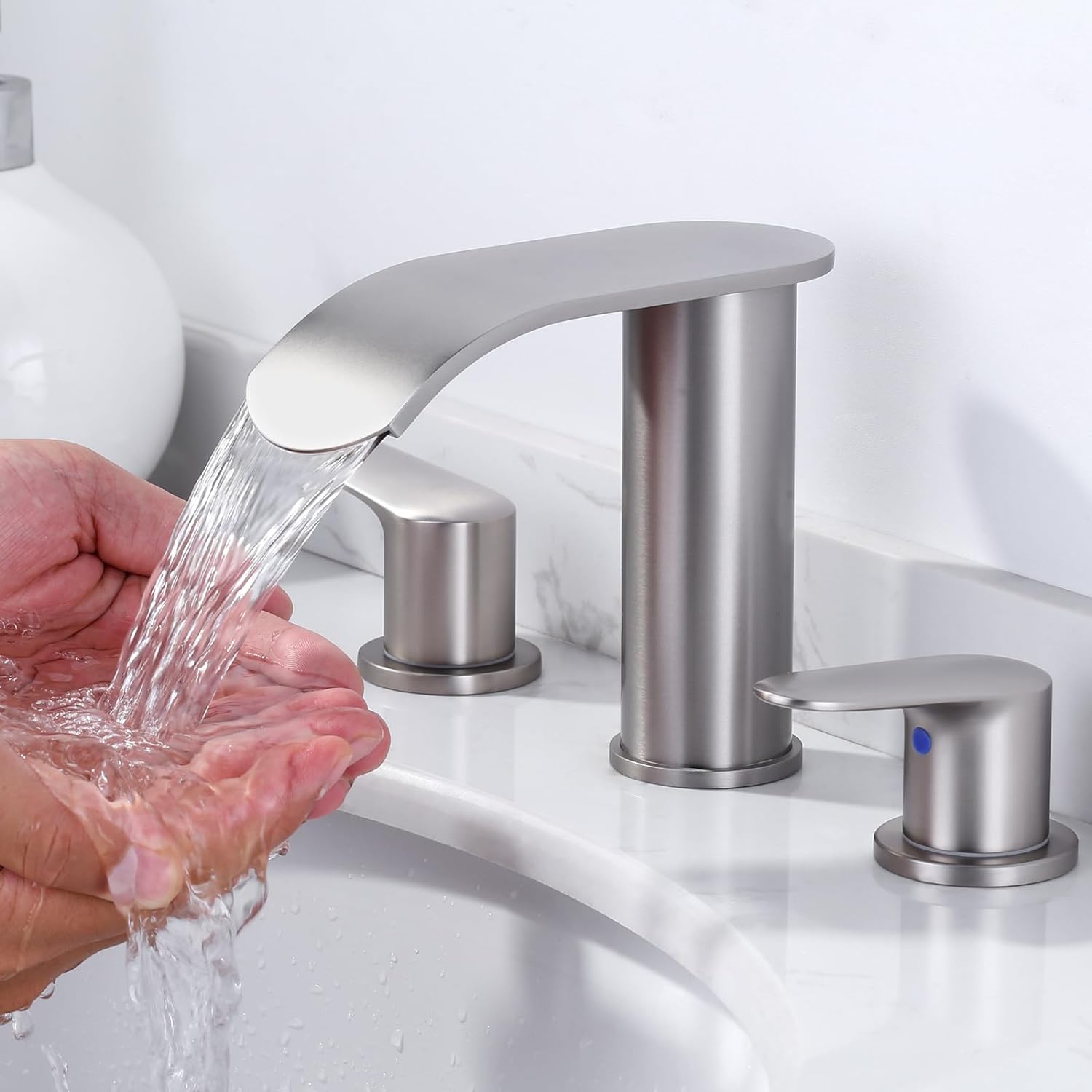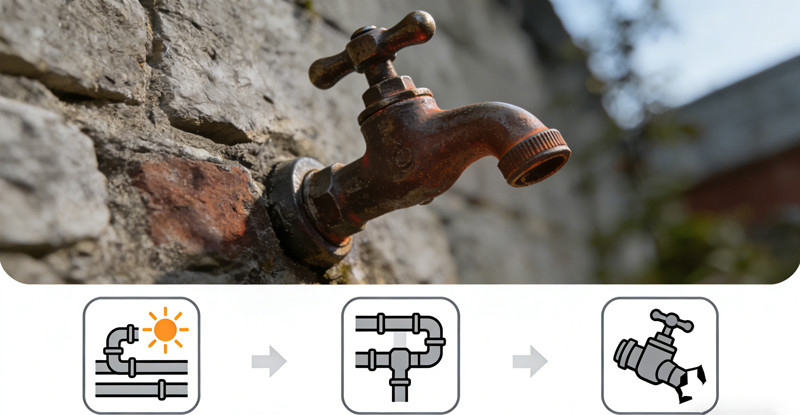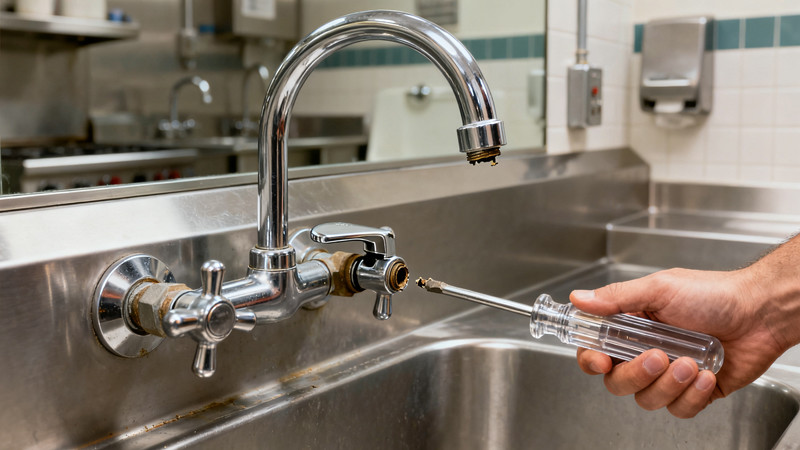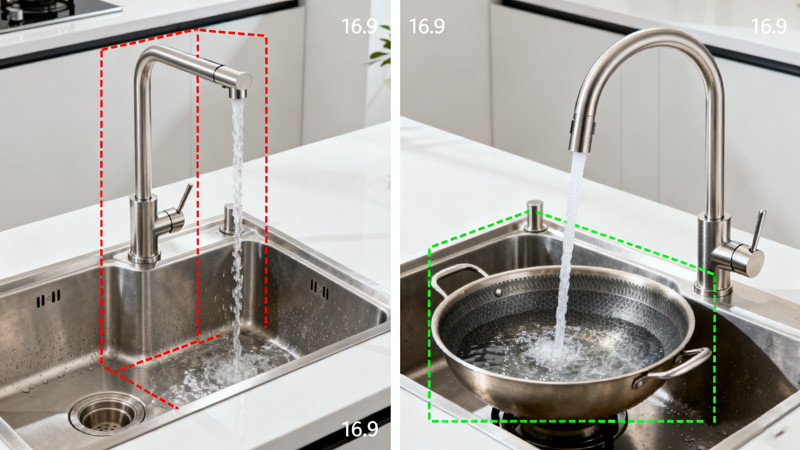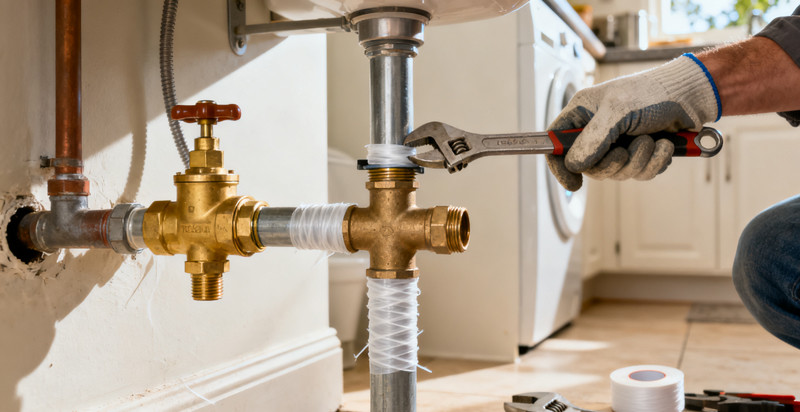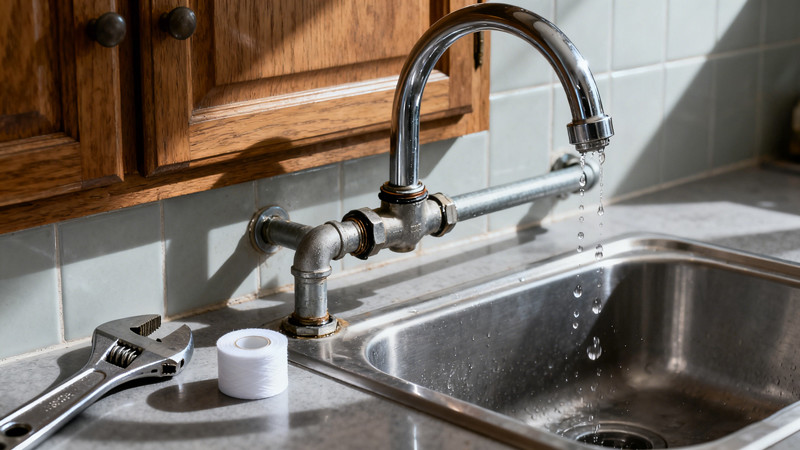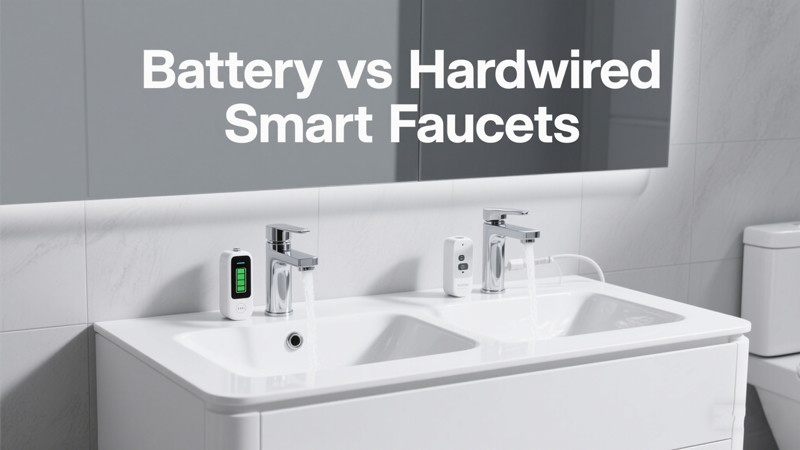
Smart faucets have revolutionized how we interact with water in our kitchens and bathrooms. From touchless activation to voice control, these intelligent fixtures are making homes more efficient, hygienic, and even more luxurious. But as smart faucet technology grows in popularity, a common question arises: should you choose a battery-powered smart faucet or a hardwired one?
In this post, we’ll break down the differences between battery and hardwired smart faucets, highlight their pros and cons, and help you determine which is better for your home, lifestyle, and budget.
What Is a Smart Faucet?
Before we dive into the power source debate, it’s important to understand what makes a faucet “smart.” A smart faucet typically offers features such as:
- Touchless operation via motion sensors
- Voice control with Alexa, Google Assistant, or Siri
- Precise temperature and flow settings
- Water usage tracking
- App integration for remote control
These faucets help save water, reduce germ spread, and add convenience—especially when your hands are full or dirty.
However, all of this requires power. That’s where battery and hardwired options come into play.
Battery-Powered Smart Faucets
Battery-powered smart faucets use standard batteries (typically AA or 6V lithium) to operate their sensors and electronics.
✅ Pros of Battery-Powered Faucets
- Easier Installation
Since there’s no need for electrical wiring, battery-powered models are great for DIY installations. You don’t need an electrician—just follow the manual, and you’re good to go. - More Flexible Placement
These faucets are ideal for homes where there’s no electrical outlet beneath the sink or where routing wiring would be difficult or expensive. - Safe in Wet Areas
Batteries reduce the risk of electrical shorts or power issues in wet environments, making them safer for certain locations. - No Power Outage Concerns
Battery-powered faucets continue working during power outages, ensuring uninterrupted use.
❌ Cons of Battery-Powered Faucets
- Regular Maintenance Required
Batteries need to be replaced every 6–24 months depending on usage. If you forget or delay, your faucet might stop working unexpectedly. - Battery Cost Over Time
While initial costs are lower, replacing batteries every year can add up, especially in high-use households or commercial settings. - Reduced Features
Some battery-powered models may have limited smart features due to power constraints (like no voice control or app integration).
Hardwired Smart Faucets
Hardwired faucets are connected directly to your home’s electrical system. They usually require a nearby power outlet under the sink or professional installation.
✅ Pros of Hardwired Faucets
- No Battery Hassle
Once installed, you never need to worry about changing batteries. This makes them more “set and forget.” - Support for Advanced Features
Hardwired models can support more power-hungry smart features like real-time water tracking, advanced voice control, and continuous LED indicators. - Reliable Performance
As long as your home has power, your faucet will work reliably. There’s no drop in performance over time like with low batteries. - Ideal for Smart Homes
If your house already has a smart system, a hardwired faucet integrates seamlessly without worrying about battery sync or replacement alerts.
❌ Cons of Hardwired Faucets
- Complex Installation
Installing a hardwired smart faucet often requires electrical work. If there’s no outlet beneath the sink, you may need to hire an electrician. - Higher Upfront Cost
Between the faucet price and installation costs, hardwired options can be more expensive upfront. - Not Ideal During Power Outages
If the power goes out, your faucet might stop functioning—unless it has a battery backup feature.
Comparison Table
| Feature | Battery-Powered Faucets | Hardwired Faucets |
|---|---|---|
| Installation | Easy, DIY-friendly | Complex, may need electrician |
| Power Reliability | Works during outages | Stops during outages unless backed up |
| Maintenance | Batteries need replacement | Little to no maintenance |
| Smart Features | Basic to moderate | Advanced and continuous |
| Cost Over Time | Ongoing battery costs | Higher upfront, low after |
| Ideal For | Renters, older homes | Smart homes, high-usage areas |
Which One Should You Choose?
The decision between battery and hardwired smart faucets boils down to your home setup, lifestyle, and priorities.
Choose a Battery-Powered Faucet if:
- You’re a renter or plan to move soon.
- You want a simple, fast upgrade.
- There’s no outlet under your sink.
- You don’t mind changing batteries occasionally.
Choose a Hardwired Faucet if:
- You own your home and are making a long-term upgrade.
- You already have or plan to expand a smart home system.
- You want top-tier smart features and performance.
- You prefer no maintenance.
Final Thoughts
Smart faucets are a smart investment—pun intended. They offer convenience, hygiene, and water-saving features that are ideal for modern living. Whether you choose a battery-powered model or a hardwired version depends on your specific needs and preferences.
If you’re not sure, consider starting with a battery model to test the waters (literally) and upgrading later to a hardwired system when you’re ready to commit.
 WOWOW Faucets
WOWOW Faucets